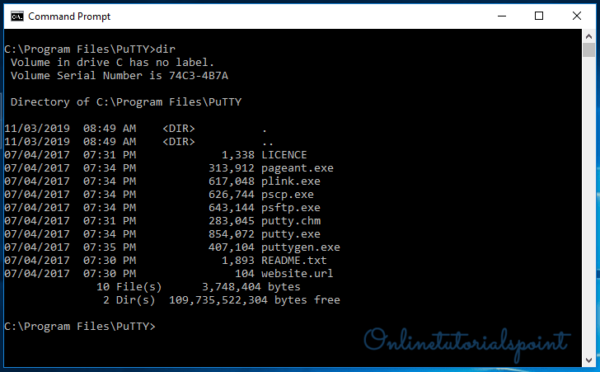

- #Android studio install system image update#
- #Android studio install system image for android#
- #Android studio install system image android#
- #Android studio install system image license#
It lets you download your required Android Version Packages and Tools for Application Development". You'll be asked to restart the ADB when all packages get installed in your system, Click YES for it. The installation will take time, so be patient.
#Android studio install system image license#
This will open another window as shown in below image, select the Accept License radio button and then click on Install Packages button in the lower right corner of the SDK Manager window, this will start downloading your selected packages. We hope you've selected your required tools and packages to install, click on OK or Install. You can download, if you think you need any.
#Android studio install system image for android#
Optional Packages: Samples for SDK, Sources for Android SDK & Documentation for an API level are optional.If your application is working with some play-service features like Google MAPs and all, then to test your application with them, you've to download Google API System Image as well. For Android Smart Phone, Wear & TV, separate images are required which are also available for downloading. System Image: To create an AVD( Android Virtual Device) for any specific API, you should download a System Image as per your system type (either 32-bit or 64-bit OS).Hence, whenever you want to download packages for any new Android version like 8.0 or 7.0, always select and download SDK Platform for it. To compile your Application against specific version, to load specific widgets, views and tools for compilation, is done by SDK Platform. SDK Platform: Android SDK platform contains packages/libraries to develop & build Android Application for specific versions.So lets see which packages do we have to install onto our machine:
#Android studio install system image update#
In the previous image, you can see some packages of API level 22 that we have installed on our system, and there is also Update available for it. You can easily understand which API Level/Android Version you want to install, as there is a list with Android version names listed, you just have to select one and click on OK.

From here, you can check the required Build tools, SDK Tools, Platform Tools, SDK Platforms, Samples for SDK, System Images (for AVD), Documentations, Sources for Android SDK and Extra Packages for your development. It will also list all the new items & Updates available for already installed items for your system. Launch your SDK Manager, and you'll get to see the list of currently installed items.

But if that does not happen, you can open the SDK Manager by going to Tools → Android → SDK Manager or click on the icon in the Android Studio toolbar. Generally when you launch the Android Studiofor the first time, it will open the Android SDK Manager window, to prompt you to install the required packages for android development. The Android SDK Manager, manages various Android SDK versions, tools and various other useful packages that you can select and download, to keep your development environment up-to-date. Now in this tutorial we'll shed some light on the Android SDK manager, how it is important for Android Application Development and what packages you require to download to start with android app development. In the previous tutorial, we talked about the required tools for Android Application Development and also listed out steps to configure those tools onto our Computer. Android SDK Manager & required Packages.


 0 kommentar(er)
0 kommentar(er)
